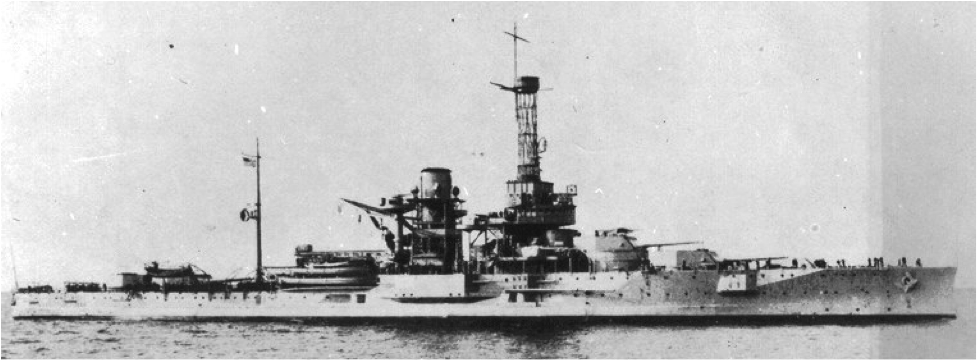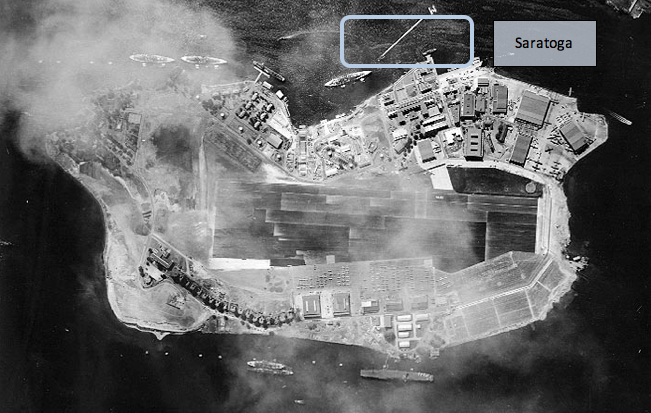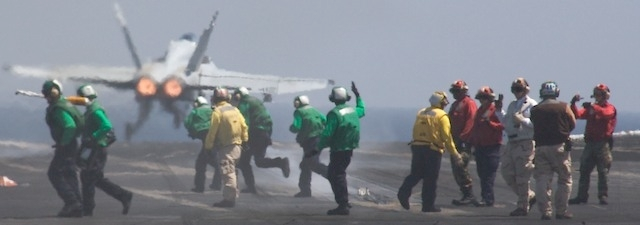The Nevada’s Run

Although mortally wounded by a torpedo hit, the USS Nevada managed to make a run toward the open sea. However, she was already taking on water, and when the second wave began, she was hit by five dive bombs. These inflicted many casualties and made fire fighting and flood control more difficult. Sinking deeper in […]
Pearl Harbor: Thunderfish in the Sky

Posted on December 28, 2015 By Ray Panko | [email protected] | Pearl Harbor Aviation Museum Japan’s Type 91 Modification 2 Torpedo Fins at Pearl Harbor Key Points The Japanese had to modify their Type 91 Modification 2 aerial torpedoes for the Pearl Harbor attack. They needed to limit the initial plunge so that the torpedoes […]
Mapping a Sailor’s Service

Posted on December 17, 2014 By Caroline Sibley, Archivist | Pearl Harbor Aviation Museum Mr. Kagel Smith, looking through his mother’s attic, stumbled upon an old suitcase filled with the photographs and documents of a Mr. Lyman Hoskins. His mother’s ex-husband, it was clear that Mr. Hoskins had served in WWII, but Mr. Smith couldn’t […]
Battle of the Coral Sea

Posted on March 8, 2014 By Raymond R. Panko | [email protected] | Pearl Harbor Aviation Museum Synopsis The Battle of Midway is well known as the turning point in the Pacific war. However, if not for the Battle of the Coral Sea a month earlier, the three American carriers at Midway would have faced six […]
VF-6: The Deadly Night of December 7, 1941

Posted on January 14, 2013 By Ray Panko | [email protected] | Pearl Harbor Aviation Museum ENS Gayle L. Herman’s Wildcat (U.S. Navy Photograph NH 97485) The night of Dec. 7, 1941, was cold and rainy. Personnel on Ford Island still huddled in ditches, makeshift shelters or hangars, waiting for the Japanese Navy to come […]
Why did the Japanese Sink the Utah at Pearl Harbor?

Posted on July 29, 2011 Figure 1: USS Utah AG-16 First Wave of the Pearl Harbor Attack In the first wave of the Pearl Harbor attack, 16 Japanese B5N2 Kate torpedo bombers approached Ford Island from the northwest. The western side of Ford Island is where the Lexington and Saratoga usually moored when they were […]
Revenge of the Pearl Harbor Battleships

Posted on June 13, 2011 October 25, 1944, 0200 hours. It is the final major day of the Battle of Leyte Gulf. Six America battleships slowly steam back and forth across the mouth of the Surigao Strait. Five are survivors of the Pearl Harbor attack—West Virginia, Pennsylvania, California, Tennessee, and Maryland. Two forces of Japanese […]
Pearl Harbor: The Bombs of the Second Wave

Posted on December 23, 2010 Japanese Bombs and Torpedoes at Pearl Harbor On December 7, 1941, Japanese torpedoes and bombs devastated Hawaii’s warships and air fields. The “Weapons Wall” at Pacific Aviation Museum has full-size models of three of these weapons—the ones used in the first wave of the attack. The wall also shows the […]
Where Would the Enterprise Have Moored?

Posted on November 01, 2010 The Pacific Fleet’s three aircraft carriers were fortunately out of port on December 7, 1941. The Saratoga was en route from Bremerton, Washington to San Diego, where she would embark her air wing. The Enterprise and the Lexington were on missions to deliver aircraft to Wake and Midway, respectively. The […]
Phoenixes, Dragons and Cranes…Oh, My!

Posted on February 16, 2010 At the start of the battle, the crew of an American ship killed the Deep Blue Dragon. Enraged, the Flying Dragon destroyed the ship that had killed her sister. But the crew of another American ship, plus survivors from the first, returned and slew the Flying Dragon. The Battle of […]
Aircraft Carrier Ops

Posted on January 13, 2010 With every successful Navy is the integration of aircraft carriers and air superiority capabilities. The evolution of the aircraft carriers is equally as impressive with the switch from propeller to jet engines and the need for more specialized aircraft aboard. pictured below is the USS Essex CV-9 as it was […]

